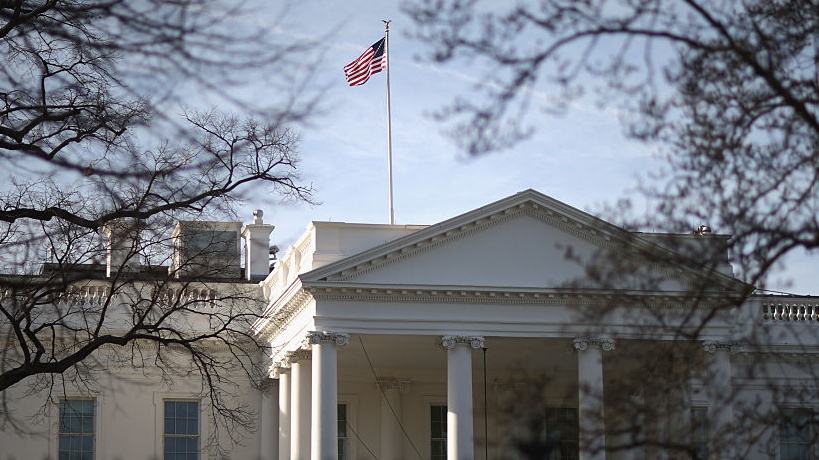A proposed rule from the Department of Housing and Urban Development (HUD) revealed discriminatory guidelines on how to identify transgender women and refuse them shelter at federally funded homeless facilities.
Documentation about the rule was leaked to the media and was acquired by Vox. The documents detail instructions on how to determine if a person is transgender. The document states shelter employees can use "factors such as height, the presence (but not the absence) of facial hair, the presence of an Adam’s apple, and other physical characteristics which, when considered together, are indicative of a person’s biological sex.”
HUD said the proposed modification, which was announced on July 1, will “better accommodate religious beliefs of shelter providers” and provide single-gender shelters the right to turn down people based on their identity.
LGBTQ Nation noted the modification could lead to individuals having their right to privacy violated. If a person appears to be transgender based on HUD's guidelines, the shelter would be allowed to request proof of "biological sex."
“Evidence requested must not be unduly intrusive of privacy, such as private physical anatomical evidence,” the rule states, implying that shelters are not allowed to ask people to strip as a form of proof.
“Evidence requested could include government identification, but lack of government identification alone cannot be the sole basis for denying admittance on the basis of sex,” the rule continues.
The proposed modification undermines an Obama administration order, the Equal Access Rule, that states homeless shelters that receive federal funding must house transgender people as they identify, regardless of their biological sex.
HUD Secretary Ben Carson, who once referred to trans women as "big hairy men," said the Equal Access Rule obstructs the rights of cisgender women who are “not comfortable with the idea of being in a shelter, being in a shower, with somebody who had very different anatomy.”
According to LGBTQ Nation, Carson has also used biblical ideologies to attack protections for trans people and said anti-discrimination measures are "special rights."
Some community leaders say this proposed rule could affect cisgender women with masculine features, too.
Dylan Waguespack, a spokesperson for trans advocacy group True Colors United, said Carson is “talking out of both sides of his mouth.”
“They are trying to put forward this narrative in which transgender people are protected from discrimination, but in fact, when you read the proposal itself, it does the exact opposite,” he told Vox. “It creates unsafe conditions and unsafe barriers to housing and services for trans people in the midst of a global pandemic.”
Vox reports that forcing trans people into shelters not aligning with their gender identity could expose them to violence and sexual assault within shelters and could force them to sleep outside.
Mara Keisling, executive director of the National Center for Transgender Equality, criticized HUD's proposed modification.
“One in three transgender Americans has been homeless at some point in their lives, and this proposal would have them sleep on the street rather than get help,” Keisling said.
“The difference between being sheltered and unsheltered is especially dangerous for transgender homeless persons, particularly transgender persons of color, who face harassment and threats from private individuals, as well as elevated rates of policing and violence within police custody,” she added.
Black trans people are even more likely to experience homelessness. A 2015 report from the Center for American Progress and the Movement Advancement Project found that 34% of Black trans and gender-nonconforming people were living in extreme poverty compared to just 9% of Black cisgender people.
